News
Master the Art of Influencer Marketing: A Guide to Finding and Collaborating with the Right Influencers
Influencers are all the rage right now, giving way to one of the most popular marketing strategies to date: influencer marketing.
If you’re looking to build your brand with the help of influencer marketing, chances are you’re looking for the right influencers to collaborate with. When combined with a solid strategy, the right influencers will help improve your chances of success.
That said, there are a lot of factors to consider before you start recruiting influencers. Influencers can be quite tricky, but once you’ve learned how to pick them accurately, they can do wonders for your business.
In this guide, you’ll learn everything you need to know about working with influencers, including why you should work with them, the basics of influencer marketing, the types of influencers to work with, and how to find and collaborate with them. Essentially, you’ll learn what to do and what not to do regarding influencer marketing.
Let’s get started.
Table of Contents
Chapter 1: Why Work with Influencers?
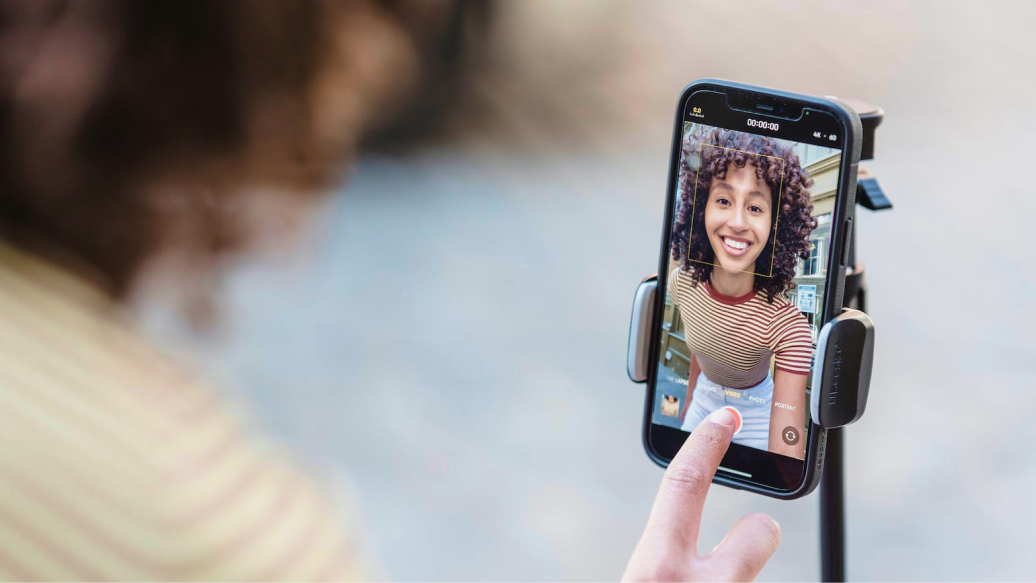
Influencers were born in the digital era, which gives them advantages that traditional marketing strategies can’t. Influencers pack a punch — they go beyond increasing sales and revenue, hence their popularity. As The Social Shepherd reports, 93% of marketers have implemented influencer marketing into their strategy.
This is further bolstered by the increasing worth of influencer marketing over the years. Influencer Marketing Hub reports that from 2016 to 2020, influencer marketing growth has increased from $1.7 billion to $9.7 billion. It is estimated that this year, influencer marketing will reach $16.4 billion, making it one of the most lucrative businesses on the market.
You can utilize influencers to promote brand awareness and build unique branding. You can even cultivate meaningful partnerships that will give your brand a memorable and distinct image.
Influencer marketing is known for its unique engagement; there’s nothing quite like it. Think of it as an experimental experience for your brand. You’ll get the chance to test out different audiences, strategies, and platforms to figure out which ones work best.
Chapter 2: Get To Know The Basics of Influencer Marketing
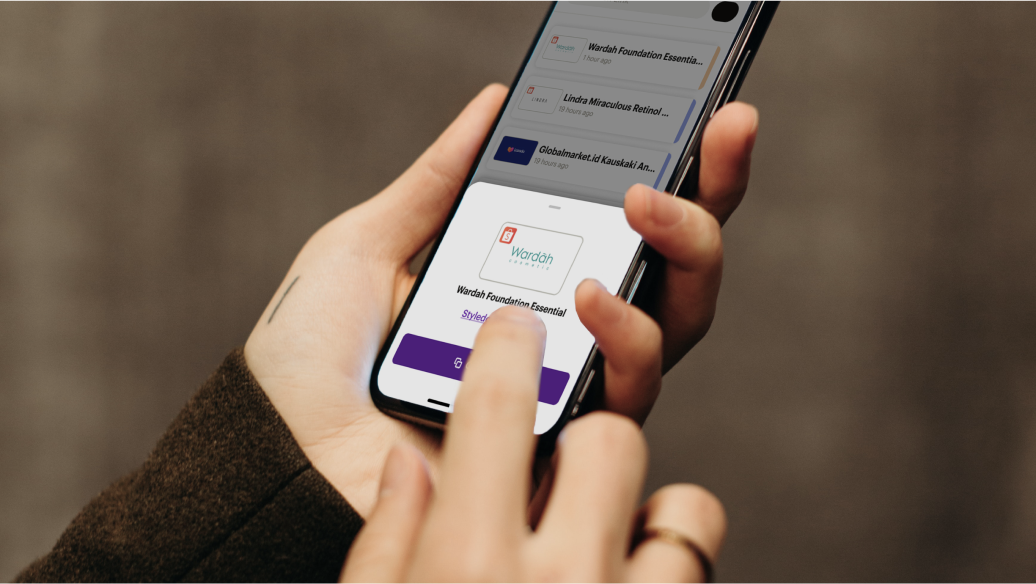
First things first: what is influencer marketing? According to Neal Schaffer, influencer marketing is a marketing strategy that involves collaborating with influential social media users and content creators.
Engaio Digital broke down several types of influencer marketing campaigns:
Giveaways, Contests, and Sweepstakes
Small events where customers can win free products from brands as a way to raise awareness and drive sales.
A popular strategy for brands is holding giveaways by partnering with influencers whose persona aligns with their values. An example of a giveaway is Voila — an Indonesian-based luxury retailer that partnered with local influencer Putri Setiawan.
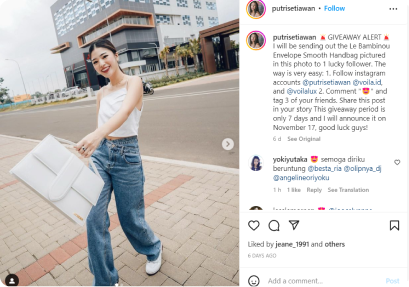
Social Media Takeovers
An online activity where influencers or content creators take over a brand’s social media accounts for a select period to share curated content of their own.
An example of a social media takeover is the campaign #SwingSaturday by the play Hamilton, in which each Saturday, different members of the Hamilton cast host a series of online activities from the play’s official Instagram account.
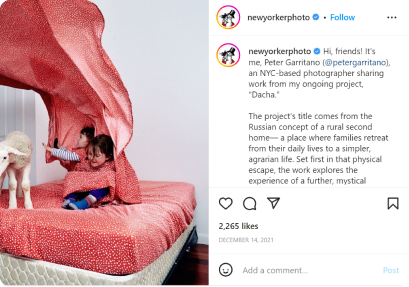
Affiliate Marketing
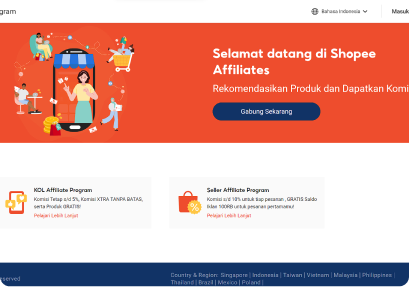
Sponsored Posts
Posts where brands do product placement in partnership with influencers and content creators. This raises brand awareness and exposure.
An example of a sponsored post is a partnership between luxury fashion house Yves Saint Laurent (commonly known as YSL) and Indonesian content creator Nicole Lay for YSL’s makeup line campaign #FullWearFeelsBare to promote their All Hours foundation.
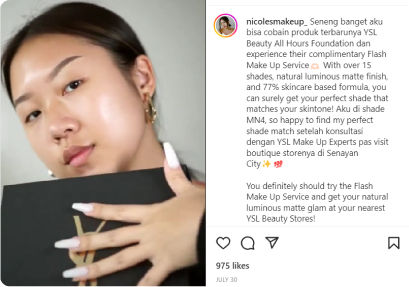
Sponsored Blogs
Much like sponsored posts, sponsored blogs refer to content sponsored by brands. Blog posts typically feature in-depth and attractive reviews of products sent by brands, meant to raise awareness among targeted readers.
An example of a sponsored blog post is a post by Indonesian fashion blogger Evita Nuh, in partnership with Japanese retailer Uniqlo. Evita wrote a post in which she showcased Uniqlo’s collection with Marimekko.

Unboxing and Review-Based Content
With the rise of visual-heavy social media platforms such as YouTube, Instagram, and TikTok, unboxing and review-based content has grown immensely popular. This type of campaign features influencers and content creators opening packages sent to them by brands.
An example of unboxing content is a video made by TikTok user @blueskycean, in which she unboxes a package consisting of skincare products by the brand The Originote.
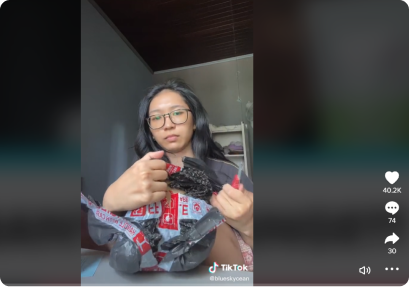
Guest Blogs
For this type of campaign, brands invite blog-grown influencers to write or post about their brand and/or products. This is usually part of a strategy to promote new products to targeted audiences.
An example of a guest blog is a post by entrepreneur Danny Iny for Copyblogger, in which Iny wrote a blog post recommending books for bloggers.
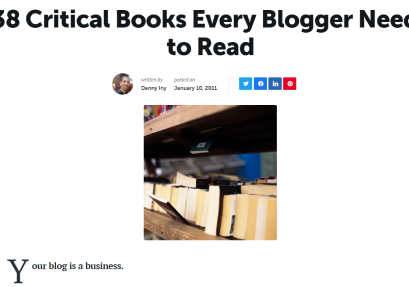
Brand Ambassador
Although the concept of a brand ambassador is quite similar to what influencers do, they are very different. Brand ambassadors are committed to promoting a specific brand’s products over an agreed period.
An example of a brand ambassador program is Biore Indonesia, which promoted Indonesian actress Beby Tsabina as one of its brand ambassadors.
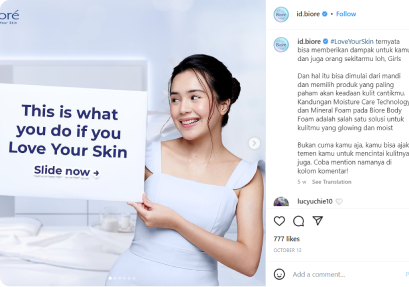
Pre-Release Campaigns
Also known as teasers, pre-release campaigns are a way for brands to build excitement around product launches. These types of campaigns are both beneficial to brands and influencers, as they increase the influencer’s prestige and create more exposure for brands.
Recently, Indonesian perfume brand SAFF & Co collaborated with Chatime Atealier Indonesia to release a perfume inspired by one of Chatime Atealier’s signature drinks. To prepare the audience for the release of their perfume, SAFF & Co posted a series of teasers in intervals.
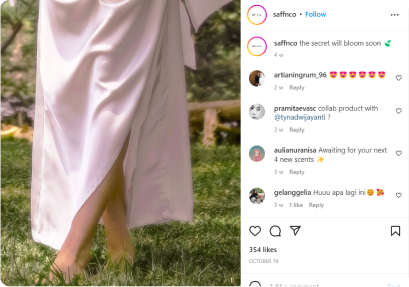
Depending on the type of partnership and the influencer tier you’re working with, there are five different influencer payout formats according to Impact.com:
Gifting
This type of payout is usually done in exchange for influencer-led brand exposure. When a brand sends products to influencers, most of the time, the influencers promote or post the products to their social media accounts as a way of saying thank you. Gifting is largely popular with low-tier influencers such as nano and micro-influencers.
Performance-Based Payments
Paying influencers based on clicks, engagement rates, and the conversions they generate. This is sometimes cross-referenced with the rate cards influencers provide.
Affiliate Network
This form of payout is popular with brands that aim to drive traffic to their websites. An affiliate network is usually measured by the number of clicks or the amount of traffic the influencers manage to generate.
Fixed Rate with Performance Bonus
This refers to Influencers who are paid according to their rate card with an additional bonus depending on performance.
Content Licensing
Content creators who offer end-to-end content creation services usually have their own rate card. This type of partnership requires a different rate card due to higher content leverage.
Chapter 3: Types of Influencers
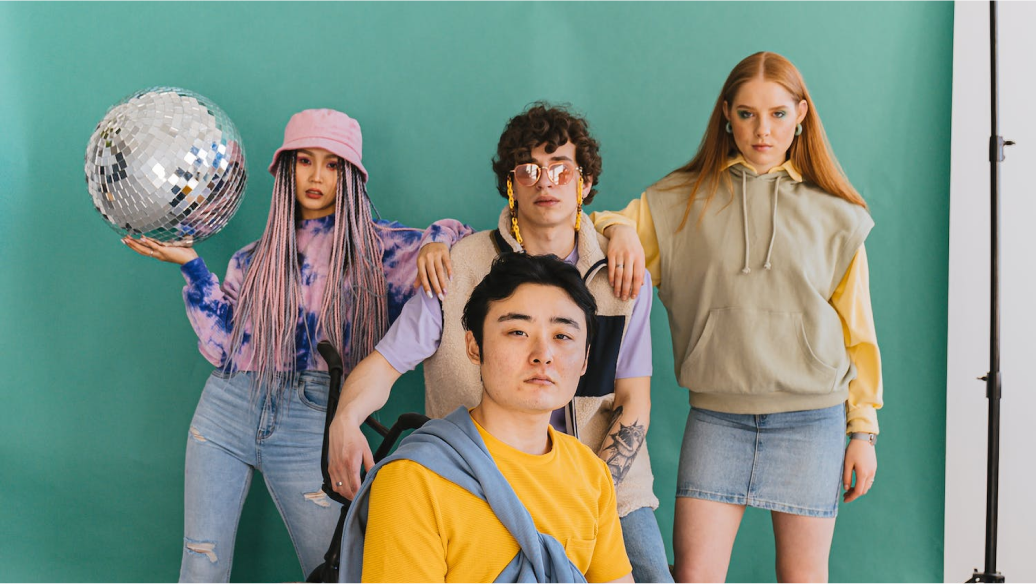
Influencers are not one size fits all. One influencer may have tremendous success working with a brand, but that doesn’t mean they’ll produce the same results with another brand. That’s why it’s so important to have a basic understanding of how influencers work.
Currently, influencer marketing includes four types of influencers (named after the number of followers they have); nano, micro, macro, and mega. The number of followers is often used as a benchmark for rate cards. Naturally, the higher the number of followers, the higher the rate. Keep in mind that a high number of followers does not guarantee a successful result.
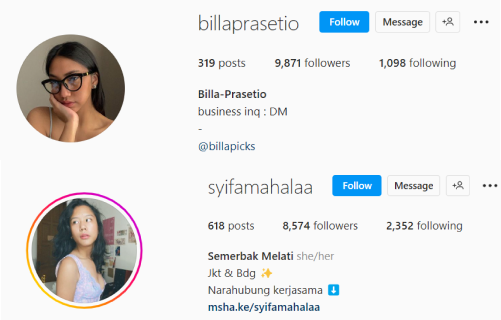
Nano Influencers
Nano Influencers have the lowest number of followers, ranging from 1,000 to 10,000. Contrary to their number of followers, nano influencers often have the highest engagement rate due to their ability to have a stronger bond with those that follow them. This ensures organic engagement. Nano influencers consist of everyday Instagram users whose followers reach the aforementioned numbers.
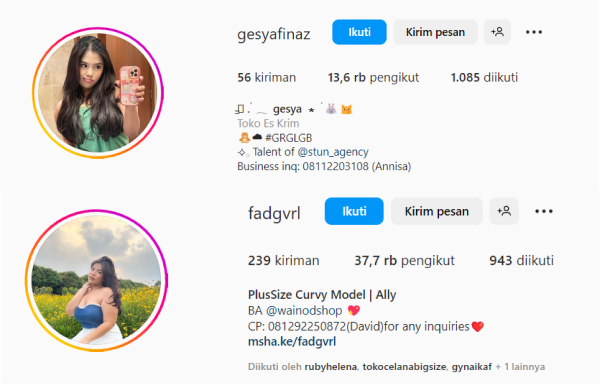
Micro-Influencers
Micro-Influencers are next in line. These influencers have 10,000 to 100,000 followers. Due to their high number of followers, micro-influencers don’t often generate a high rate of engagement like nano-influencers do. That said, they do have a significantly wider reach.
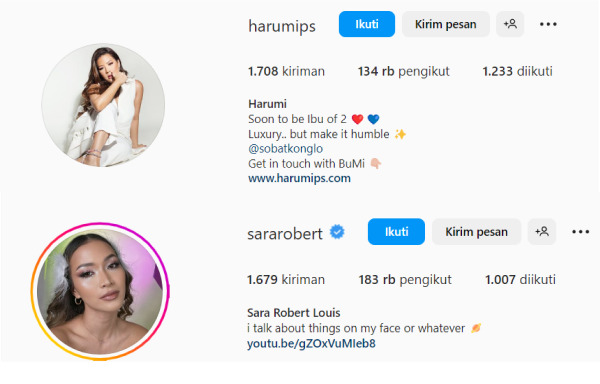
Macro Influencers
The third type of influencer in the tier, have 100,000 to 500,000 followers. Think of macro influencers as more expensive micro-influencers. They have the ability to reach a big audience as well as generate a high number of views and likes.
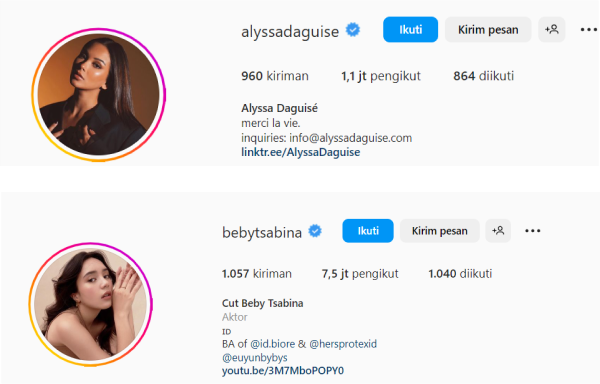
Mega Influencers
Mega Influencers have over one million followers. Mega influencers include celebrities and high-profile public figures and are the most expensive type of influencers to partner with. Although mega influencers have a huge reach due to their diverse range of followers, they are notorious for generating the lowest engagement rates.
Chapter 4: Choosing The Right Influencers for Your Brand
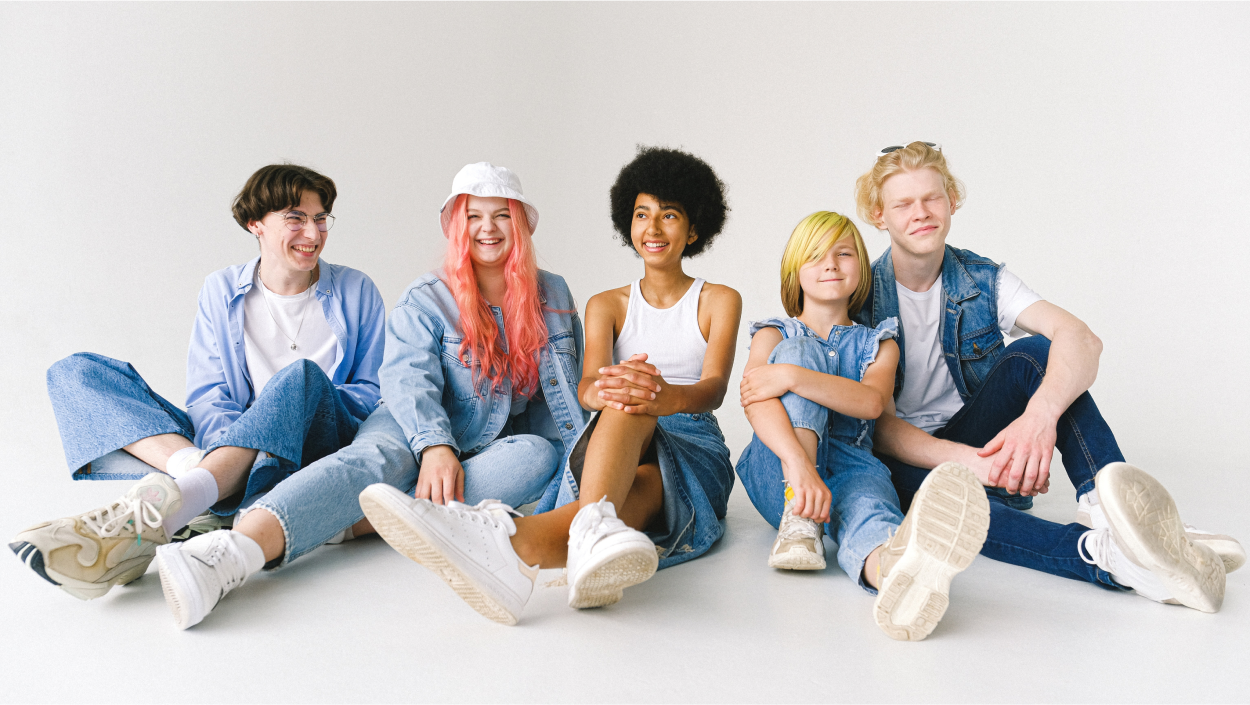
Now that you’re familiar with the types of influencers, it’s time to learn how to choose the right type to work with.
Are They Aligned with Your Brand Values?
Ensuring that an influencer is aligned with your brand values is the first step you need to take. Imagine that you have a skincare brand that focuses on selling cruelty-free products. In this case, you’ll want an influencer whose lifestyle promotes and uses cruelty-free products.
Are They Part of Your Target Market?
Do They Have Good Performance?
After you’ve nailed the previous steps, do not forget to evaluate their performance and credibility. It’s best to have three to five influencer options on hold to avoid clashes in scheduling.
Here’s a sample scenario:
Imagine you’re a brand owner who has rolled out a search to look for a fashion influencer. After an extensive search on Instagram, you now have a list of three candidates you would like to work with. As you’re only looking for one influencer, you’ll need to rule out two.
The question is: which influencer should you choose? It’s time to revisit the criteria you previously used to collect your candidates and ask yourself: which influencer matches all three categories? Once you’ve managed to single out the influencer that fits all three, you have your winner.
Keep in mind that successful campaigns don’t automatically guarantee more successful campaigns down the road. Remember to always discuss your needs and expectations with your influencers to ensure your expectations are met.
Chapter 5: Finding Influencers
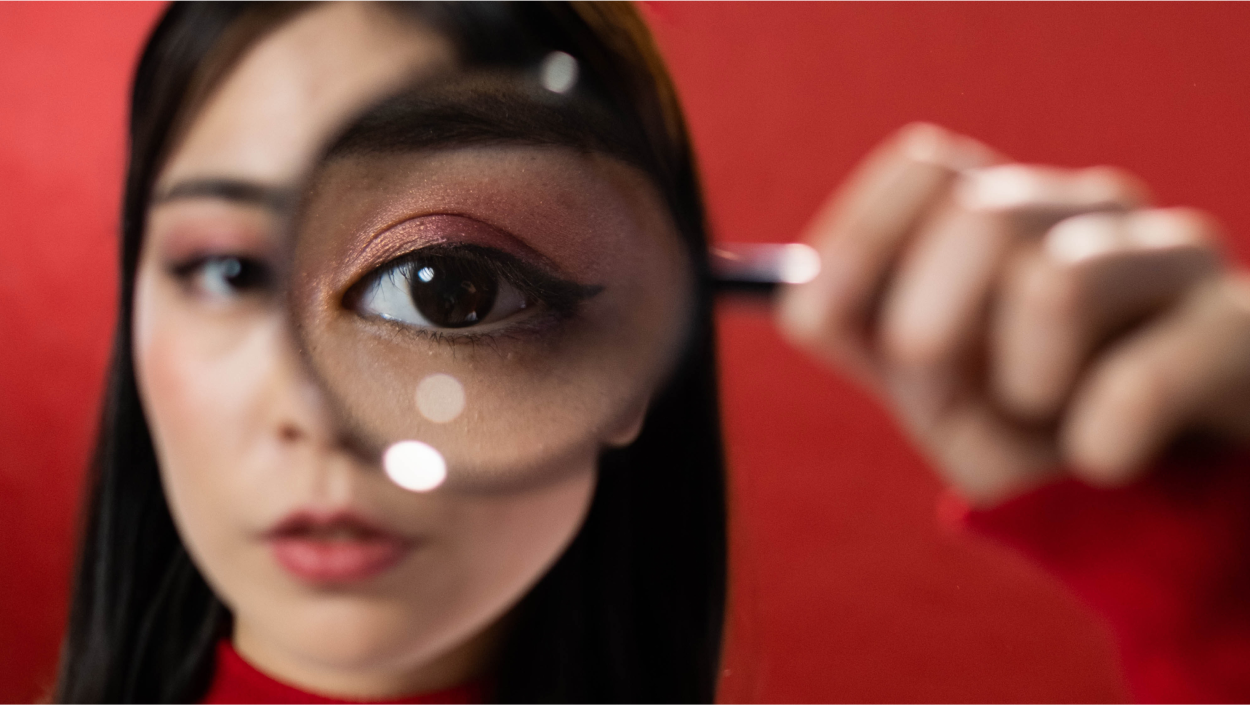
Influencers occupy all corners of social media, but how do you reach out to them? There are three ways to connect with them:
- Manually reach out
- Through the use of online or digital tools
- Influencer agencies
Manually reach out
A basic way to find influencers is by doing it manually. Finding influencers manually is typically done through social media platforms. Platforms that incorporate hashtags to promote their posts, such as Instagram, TikTok, and Twitter, allow you to discover other users with similar activities or posts.
According to Brand Mentions, hashtags are one of the most popular ways to find influencers. If you are not sure which hashtags are currently trending, there are several websites for this exact purpose, such as All Hashtag.
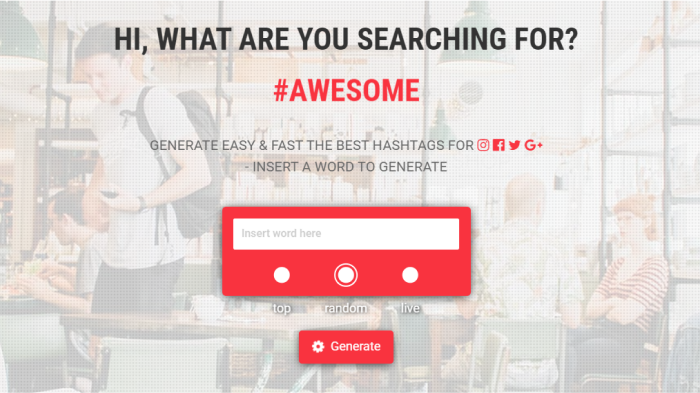
If you’re looking for influencers who specialize in lifestyle topics, simply look up the hashtag ‘#lifestyle’ Another tip involves localizing hashtags to make the search more specific by adding targeted locations. Say you’re looking for lifestyle influencers in Orlando. In this case, use the hashtag ‘#lifestyleorlando’.
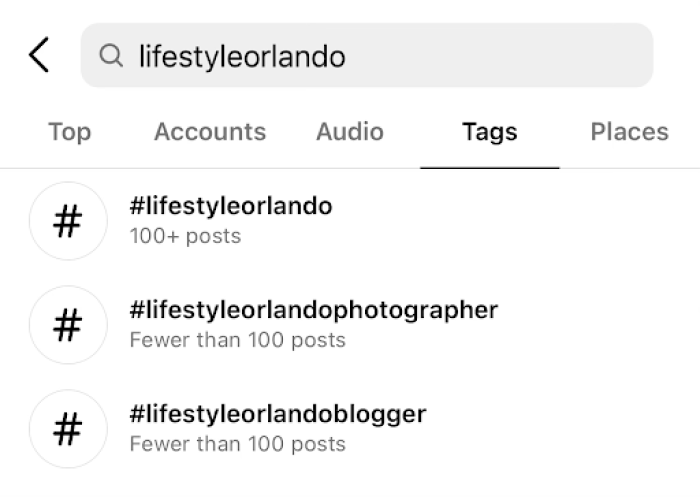
Once you have access to hashtags, you can proceed to select the posts and profiles you find through them.
The same strategy applies to TikTok. With TikTok’s targeted feature, For You Page, you can find videos right from your homepage. Or, if you’re looking for something more specific, you can always look for hashtags using the Search feature.
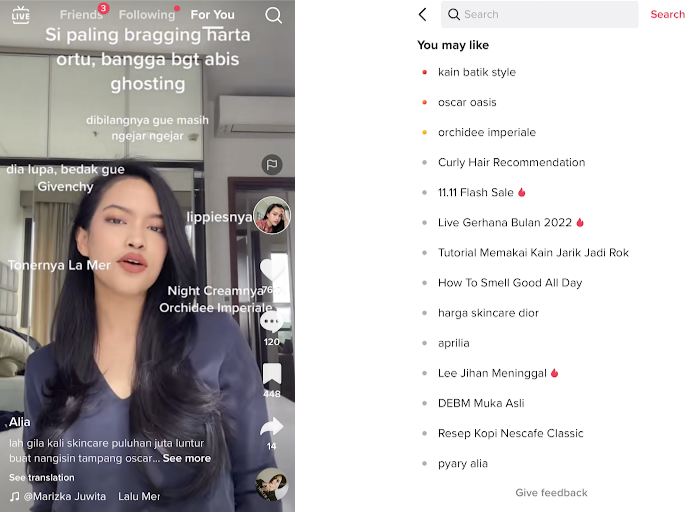
Keep in mind this can be quite ineffective, especially if you have tight deadlines. Finding influencers manually can take time, as you have to thoroughly check each profile to see if they match your criteria.
Online or Digital Tools
If you find manual research too time-consuming, you can opt for online or digital tools such as Sprout Social, Brandwatch, and HypeAuditor to search for influencers. Digital tools work by automatically filtering out online profiles from the digital platforms of your choice based on the filters you have set.
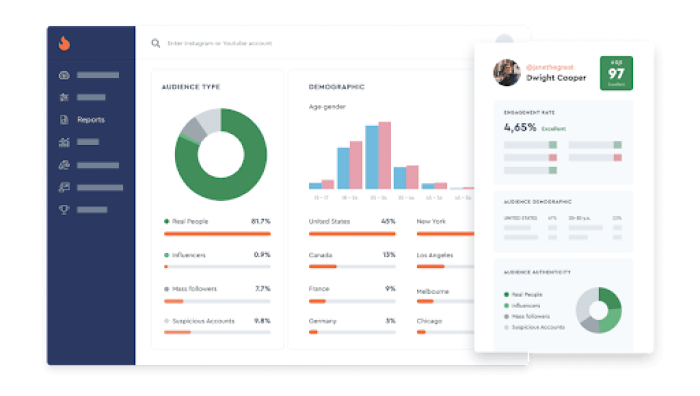
You will be asked to enter several pieces of criteria, such as location, demographics, categories of interest, etc. These tools will then give you a list of the influencers that match the criteria you entered. This works great if you’re looking for fast results. However, since digital tools are largely data-driven, the results you get may not be as accurate and detail-oriented as you’d like.
Influencer Agency
The third option to find influencers is through an influencer agency. If you are a growing brand that’s ready to commit to influencer marketing, then it is best to use influencer agency services like StyleDoubler.
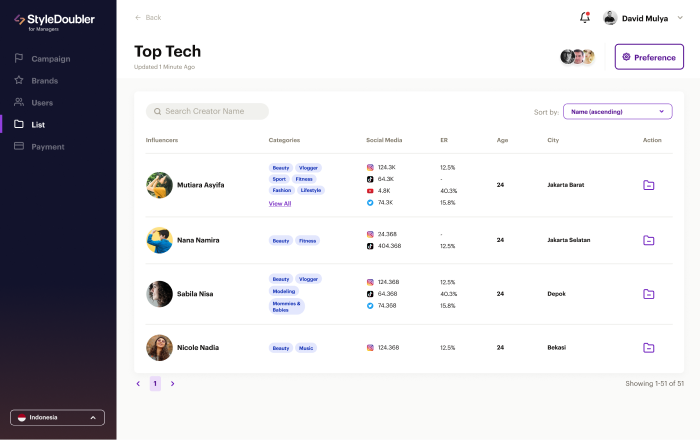
People who are new to influencer marketing may ask themselves, “Why should I hire a professional agency?” Professional KOL agencies, like StyleDoubler, help you search for influencers by conducting business research and consultation. That way, they can determine the type of influencer that will serve you best.
One client that’s had the pleasure of working with StyleDoubler is Somethinc — an Indonesian beauty brand. Somethinc was looking to expand its sister brand, Glowinc, a brand that offers genderless skincare products at affordable prices. Read more about their journey with us here.
Influencer agencies exist for a reason: they’re run by professionals who understand the industry. They have access to the influencer databases and tools specifically designed for influencer marketing use.
If you choose to work with an influencer agency, you’ll need to discuss your goals first. Once their team has a comprehensive understanding of what you’re trying to achieve, you’ll receive a detailed, end-to-end strategy. StyleDoubler will regularly maintain and provide you with solutions within an agreed period.
StyleDoubler is also equipped with a state-of-the-art dashboard and automation tools that make it easy for us to track our influencers and their respective progress. Established in 2017, we’ve signed thousands of influencers to our network and have partnered with leading companies and brands across Southeast Asia, providing us with the biggest and most up-to-date influencer database.
There are thousands, if not millions, of influencers waiting to be discovered. StyleDoubler connects influencers and creators with brands and companies and is responsible for inspiring a whole new generation to try influencer marketing.
Chapter 6: Collaborating with Influencers

Sealing the deal with potential influencers is another important step in the process. Before you sign a contract, there are some steps you should take into account.
Be clear about what you want to achieve with your campaign. This way, you’ll have a clear set of standards when it comes to evaluating the results.
Campaign goals are as diverse as they are important. It’s better to define them in phases to avoid getting your priorities mixed up. If you’re just starting a new brand, then you’re in the first phase. This includes raising brand awareness and expanding your reach.
Digital campaigns may cost less as they’re mostly done online. That said, they are also prone to unexpected expenses that may rear their head in the middle of your campaign. By determining your budget, you will save yourself from unnecessary expenses and be able to find the best influencers for the best rates.
Once you have set your goals, it will be easier to determine your budget. With clear goals, you’ll have a clear vision regarding the steps you need to take. This makes budging much easier.
For example, let’s say your goal is to raise brand awareness. Raising brand awareness can include hiring influencers and putting up digital ads. Set aside a budget for these activities instead of overspending on activities that may or may not work.
An influencer list is important as you’ll want to have several backup options in case some influencers’ schedules don’t match up. Some influencers may hold back on accepting offers due to contracts or work agreements. To avoid scheduling conflicts, always keep a list of backup influencers.
Keeping track of an influencer list can be a bit of a hassle. That’s why it’s important to enlist the services of a professional influencer marketing agency like StyleDoubler. Our team of dedicated professionals keeps you updated to ensure you’re always in the loop.
Average Organic Engagement Rate (%) = Total Engagement / Total number of followers x 100If you’re looking for a simple way to ensure your influencers’ performance is up to par, it’s best to employ the help of a professional influencer marketing agency like StyleDoubler. All influencers sourced from our database are guaranteed to have adequate performance rates.
If you plan on manually sourcing your influencers, contact them directly by simply sending them a message.
The influencer sphere is made up of individuals from various ages and backgrounds. Put professionalism and clarity first when reaching out. Here are some templates you can use to contact influencers:
Greetings [name]!
My name is [name] from [company/brand name]. We are a long-time follower of yours here at [company/brand name] and would love to have the opportunity to work with you.
Hello [name]!
I am [name] from [company/brand name]. I am reaching out to you to discuss a partnership we think you might be interested in. Please find our proposal below and let us know if you are interested.
For fast communication, it’s best to include a complete proposal, including your company profile, a brief explanation of the product/service you’re offering, a proposed strategy, and a timeline. These details help influencers understand the project so they can quickly decide if they wish to join you.
At StyleDoubler, we take care of everything: from reaching out, rating, and scheduling negotiations with influencers to signing contracts — we do it all, leaving you more time to focus on your business.
Want to stand out from the competition? The key is to excel in your proposals. Go all-out when crafting proposals — be sure to highlight everything you offer, but remember not to go overboard. Keep proposals straightforward and deliver your points clearly and concisely.
You can easily find influencer marketing proposal templates on the Internet. Websites like Better Proposals and Visme offer ready-to-use free proposal templates, along with simplified guides on how to build an influencer marketing proposal.
Remember to put everything you want your clients to know in your proposal. A thorough proposal shows that you’re serious about business and will minimize the chances of misunderstanding later in the partnership.
In influencer marketing, you’ll face uncomfortable and tough decisions more than once, and not being responsive is not the answer. It will reflect poorly on your overall image and reputation, which will affect your chances of future long-term partnerships.
Show your commitment by regularly checking in with your influencers, keeping yourself updated, and staying in the loop. If possible, discuss follow-up intervals with your influencers. Assign a dedicated Person in Charge (PIC), so your influencers know who to contact, and schedule regular meeting times so your influencers can work out a schedule of their own.
For example, set up a three-day follow-up schedule for campaigns with flexible timelines. Let your influencers know that each step of the campaign will take three days to review and that you’ll be in contact with them every three days.
Chapter 7: How To Execute a Successful Influencer Campaign

The truth is, there’s no guarantee your campaign will succeed. The digital marketing world is very dynamic — trends go in and out of style in a matter of days, hours, or even minutes.
That’s why it’s so important to set your expectations before diving headfirst into an influencer marketing campaign. Be prepared for unexpected results and be sure to carefully track campaign performance metrics to make calculated steps and prevent failure
Why Should Brands Work with Influencers?
With influencers, brands can do several things at once. Influencers can be utilized to raise brand awareness and strengthen brand relationships, as well as to generate sales and increase revenue. As most influencers started out as typical internet personalities, they’re able to attract authentic and organic engagement that other marketing strategies can’t provide.
Before deciding to work with an influencer, do a little research on brand competitors who have implemented influencer marketing strategies. See how it worked out for them.
Setting Expectations
Though a report by The Social Shepherd said that 61% of consumers trust influencers’ recommendations, influencer marketing does not guarantee success. It is important to set your expectations before launch so there are no surprises. Remember, influencer marketing is fast-paced and highly dynamic.
Regularly review and track your campaign performance to make sure everything is running according to plan. This way, you can easily predict upcoming results. This will also help you measure each and every step of the campaign.
Setting Expectations
Tracking an influencer’s performance manually can be a bit of a nuisance, especially if you’re working with more than five influencers simultaneously. The best solution is to list your influencers in a document or tool that allows you to monitor their performance all at once. A manual tracker can be anything you feel comfortable using, be it manual tracking software or a spreadsheet.

The easiest way is to employ the help of a professional influencer marketing agency like StyleDoubler. We feature an automated dashboard that’s dedicated to tracking influencer activity.
Bonus Chapter: The Do’s and Dont’s of Influencer Marketing
Last but not least, there are some things to pay special attention to. Here are some tips for dealing with influencers and getting started with influencer marketing:
Be Professional
Since you will be working with influencers across all ages, backgrounds, platforms, etc., it’s important to remain professional at all times. Your influencers will be the bridge between your brand/company and your target market.
Simply put, they’re the first layer of the market you’ll need to impress and establish connections with.
Give Them Space
Influencers work under different terms and rules. Some will require complete control of creative concepts, while others may expect to be provided with creative assets.
If your influencers ask for space to work creatively on their own, make sure to comply. Don’t forget to ensure they follow the guidelines and that their content is in line with briefs.
Don’t “Ghost” Your Influencers
In influencer marketing, you’ll work with various influencers — you could be dealing with anywhere from five to fifty influencers a day. Missing a message or two is understandable, but you have to be ready to juggle and keep up with hundreds of messages and updates on a daily basis.
The important thing is to keep all of your influencers up to date and do your best not to accidentally “ghost” them.
Let Your Influencers Create
We work with influencers (and sometimes content creators) for a reason — to breathe new life and ideas into our brands. Out-of-the-box ideas are expected, and you will often face new ideas that are so out there they may come across as abstract and unconvincing at first.
The trick is to not view these ideas as “useless” but rather as concepts you can work with. Who knows, these ideas might just be the new concept you’re looking for. Not to mention, that’s the main goal of influencer marketing — to deliver results traditional marketing can’t.
Be Clear
Let your influencers know your expectations right from the start. Create a comprehensive brief so your influencers know what to do and how you expect them to do it. This will help you avoid back-to-back revisions and creative differences, which can be time-consuming.
Focus on Your Customers
The customer journey is different when it comes to digital marketing, especially influencer marketing. In order to deliver a pinpoint strategy and spot-on results, think your plan through before execution. Some questions you can ask yourself when defining the customer journey include: who are you creating this content for? What do you want them to do with it? How will your customers make purchases?


